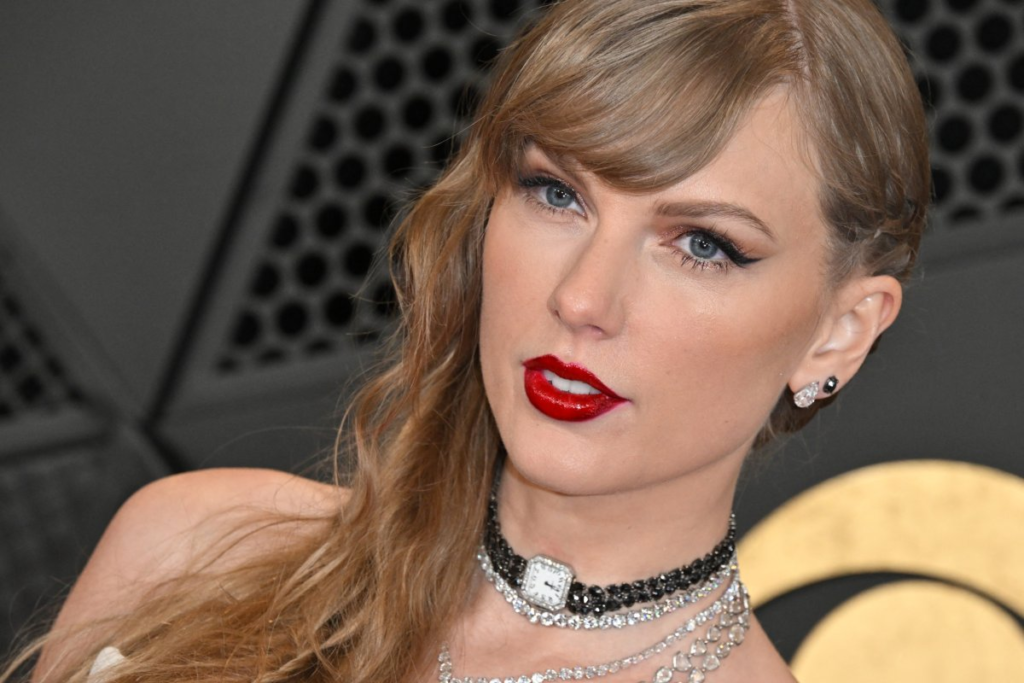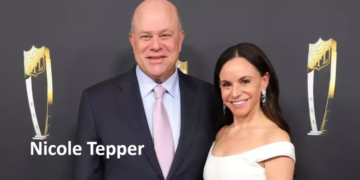Taylor Swift is more than a global superstar; she’s a masterclass in resilience and reinvention. From her early days as a teenage country prodigy to her current status as a genre-defying pop icon and business mogul, her journey is a testament to adaptability and perseverance. This article explores Taylor Swift’s evolution “before and after” fame, highlighting pivotal moments that define her career and personal growth. Whether you’re a Swiftie or a casual observer, her story offers lessons in overcoming adversity and rewriting the rules of success.
Before the Spotlight: The Roots of a Country Prodigy

Early Life and Nashville Beginnings
Born in 1989 in Pennsylvania, Taylor Alison Swift grew up on a Christmas tree farm, cultivating a love for storytelling through poetry and music. At 11, she sang the national anthem at a Philadelphia 76ers game, and by 14, her family relocated to Nashville to support her dreams.
Breaking into Country Music
In 2006, at 16, Swift released her self-titled debut album, blending youthful charm with raw lyricism. Hits like “Tim McGraw” and “Teardrops on My Guitar” resonated with teens navigating love and heartbreak. Her authenticity earned her a loyal fanbase and accolades, including the CMA Horizon Award.
Key Traits of “Before” Taylor:
Genre: Purely country, with acoustic guitar and fiddle-driven melodies.
Image: Curly hair, cowboy boots, and sundresses.
Themes: Adolescence, small-town life, and first loves.
The First Reinvention: Transition to Pop Stardom

Red (2012): The Bridge Between Eras
With her fourth album, Red, Swift began experimenting with pop-rock and electronic elements. Tracks like “We Are Never Ever Getting Back Together” and “I Knew You Were Trouble” hinted at her pop ambitions while retaining her signature storytelling.
1989 (2014): The Full Pop Transformation
Declaring her official shift to pop with 1989, Swift shed her country image for sleek synths and retro vibes. The album, featuring chart-toppers like “Shake It Off” and “Blank Space”, won her a second Album of the Year Grammy. Critics praised her boldness, but skeptics questioned her authenticity.
Why This Shift Worked:
Cultural Timing: Pop’s dominance in the mid-2010s.
Lyrical Maturity: Themes of self-discovery and media scrutiny replaced teenage angst.
Visual Identity: Crop tops, red lips, and squad goals became synonymous with her brand.
The Reputation Era (2017): Embracing the Anti-Hero

Public Backlash and Personal Struggles
After highly publicized feuds and media scrutiny (e.g., the Kim-Kanye controversy), Swift faced a reputation crisis. Instead of retreating, she leaned into the chaos with Reputation, a dark, electro-pop album exploring betrayal, love, and redemption.
Key Reinvention Strategies:
Own the Narrative: Lyrics like “Look What You Made Me Do” flipped criticism into empowerment.
Visual Storytelling: Snake imagery (once a symbol of hate) became her emblem of rebirth.
Private Life: She withdrew from the public eye, focusing on close relationships.
Folklore & Evermore (2020–2021): The Indie-Pivot

Unexpected Genre Shift
Amid the pandemic, Swift surprised fans with Folklore and Evermore, indie-folk albums co-written with The National’s Aaron Dessner. Stripped of pop glitz, these records showcased her storytelling prowess through fictional tales (“Betty”, “August”) and introspective ballads (“Exile”).
Why This Reinvention Mattered:
Critical Acclaim: Folklore earned her a third Album of the Year Grammy.
Artistic Credibility: Proved she could excel beyond radio-friendly hits.
Fan Connection: Intimate lyrics deepened her bond with listeners.
The Re-Recording Saga: Owning Her Legacy

The Masters Controversy
In 2019, Swift’s former label sold her original recordings to Scooter Braun, igniting a battle over artistic ownership. In response, she began re-recording her first six albums, dubbed Taylor’s Version.
Impact of the “After” Strategy:
Business Savvy: Reclaiming her music reshaped industry power dynamics.
Fan Loyalty: Swifties streamed Fearless (Taylor’s Version) to #1, proving her influence.
Legacy Preservation: Updated tracks include “From the Vault” songs, adding new layers to her old work.
Taylor Swift Today: A Multifaceted Mogul

The Eras Tour (2023–2024)
Her record-breaking tour celebrates her entire discography, blending nostalgia with cutting-edge production. It’s projected to gross over $1 billion, highlighting her unparalleled staying power.
Advocacy and Influence
Women’s Rights: Vocal support for the #MeToo movement and LGBTQ+ causes.
Artist Rights: Testified against sexual assault and lobbied for fair streaming royalties.
Conclusion
Taylor Swift’s journey from a wide-eyed country singer to a self-empowered icon embodies resilience and reinvention. Each era—marked by musical shifts, personal growth, and strategic moves—reflects her ability to adapt without losing her core identity. In a world obsessed with trends, Swift’s “before and after” story teaches us that evolution is the key to longevity.
)FAQs)Taylor Swift Before and After
Q1 How did Taylor Swift transition from country to pop?
Swift gradually blended pop elements in Red (2012) before fully embracing the genre with 1989 (2014), collaborating with producers like Max Martin.
Q2 Why is Taylor Swift re-recording her old albums?
To regain control of her masters after her original recordings were sold without her consent. The Taylor’s Version albums empower her financially and artistically.
Q3 What inspired Swift’s indie-folk albums Folklore and Evermore?
The COVID-19 pandemic allowed her to experiment with introspective storytelling and collaborate with indie artists like Aaron Dessner.
Q4 How has Taylor Swift’s image changed over the years?
She evolved from a country teen in cowboy boots to a pop starlet, then a moody anti-hero, and now a sophisticated storyteller embracing indie aesthetics.
Q5 What makes Taylor Swift’s reinventions successful?
She balances authenticity with adaptability, ensuring each era reflects her personal growth while resonating with cultural shifts and fan expectations.
For More Information Visit Bratish Magazine

















































































